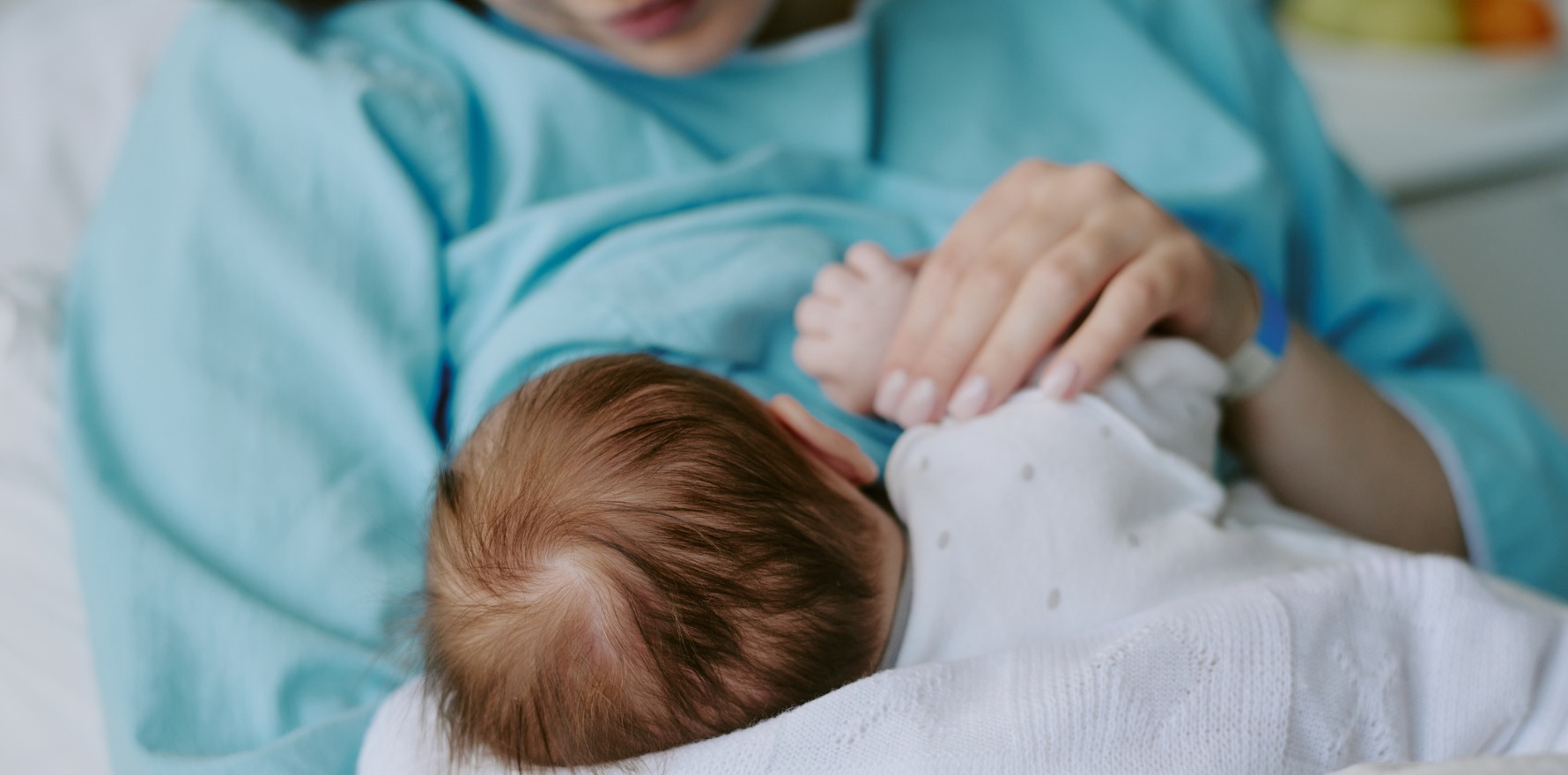Breastfeeding babies triggers protective T cells, which hang around in breasts for decades, Australian researchers say.
Breastfeeding plays a key role in protecting against breast cancer by triggering a long-term immune response, new Australian research shows.
The study, published in Nature found that that breastfeeding triggered the development of specialised CD8⁺ T cells, which remained in healthy breast tissue for decades after childbirth.
Professor Sherene Loi, one of the lead authors and a medical oncologist and clinician scientist at the Peter MacCallum Cancer Centre, said breastfeeding appeared to be especially protective in women with triple negative breast cancer.
“Pregnancy and breastfeeding leave behind long-lived protective immune cells in the breast and the body and these cells help to reduce risk and improve defence against breast cancer, particularly triple negative breast cancer,” Professor Loi said.
“This is a paradigm shift in how we understand immunity and its involvement in long-lived protection from breast cancer.
“Pregnancy and breastfeeding can reshape and remodel the normal breast as well as the immunity within the breast to provide protection against cancer.”
Presenting the findings at the European Society for Medical Oncology Congress in Berlin, Professor Loi said understanding these pathways could inform the development of vaccines or immune-based strategies to mimic the protective effect of breastfeeding.
The researchers used data from more than 1000 women who were diagnosed with breast cancer after having their last child. The researchers found that women who breastfed had tumours with higher numbers of protective T cells.
Those women also had better survival rates from triple negative breast cancer compared to women who had not breastfed, Professor Loi said.
“Of course, it’s not a guarantee that if you breastfeed, you’re not going to develop breast cancer,” she said.
The researchers also studied more than 260 women who had had breast reductions or prophylactic mastectomies from diverse populations and found that women who had children had more T cells in their breast tissue.
“When we looked at some of these tissue that was collected many, many years after their last child, these T cells were very long lived. So these T cells live a long time in normal, healthy breasts,” Professor Loi said.
The team did further research in mice and found that if cancerous cells were implanted into the mammary fat pad – equivalent to human breast tissue – those cancerous cells grew less in mice that had had pups and had undergone full lactation and involution.
“Tumours from these parous mice were smaller, and importantly, they also had lots of T cells within the cancer, suggesting that there was some kind of immune activation going on against that cancer,” Professor Loi said.
“Next, we depleted the T cells from these parous mice, and what we’ve found is that we lost the protection, so these cancers grew just as fast in the virgin and the parous mice. This suggested that these T cells were directly responsible for this effect.
“And finally, we also observed that these T cells were not only from the breast that were protecting against these tumours, but were also recruited from the circulation, suggesting that the whole process of pregnancy and breastfeeding changes your immune system, not only in the breast but also systemically.”
Professor Loi said that while the reasons were not yet clear, longer breastfeeding duration appeared to be important to build immunity, potentially through longer exposure to microbes through the baby’s saliva.
But Professor Loi said it was difficult to quantify the recommended duration of breastfeeding, because studies were largely observational and retrospective.
“At least six months or more is probably optimal, but I think some is better than none at all,” she said.
“That continued exposure to antigen creates an environment where T cells are more likely to come in and stay, and the involution process, when the breast goes back to normal … the T cells need to come in and clear.
“We believe the longer that goes on, the immune system becomes more efficient at dealing with that, and that’s why we get better protection against breast cancer.”
The protective effect was cumulative per child, Professor Loi said. “It does seem that the more breastfeeding you do, the lower your risk will fall.”
Professor Loi noted that the reduction in breast cancer risk was large at a population level but small at an individual level.
“Obviously women’s preferences and circumstances vary, and there are also structural issues behind breastfeeding as well – workplace policies, medical issues, support, etcetera – but what it does provide is an explanation about why breast feeding is protective,” she said.
“And it’s a rationale going forward to understand reproductive history or collect reproductive history in clinical trials in women, because at the moment this is certainly not routine.”
Professor Loi said it had long been known that at a population level, women who have never had children have a higher risk of breast cancer – as observed in nuns more than 100 years ago – but while the mechanism had not been fully understood, traditional explanations had pointed at hormone and tissue changes.


